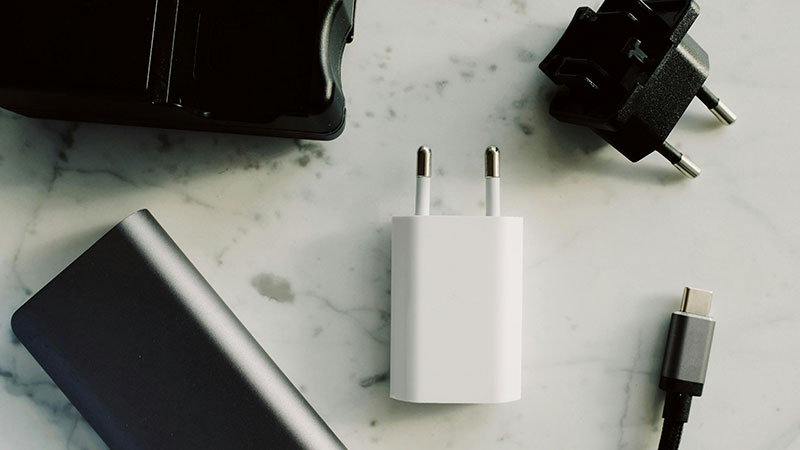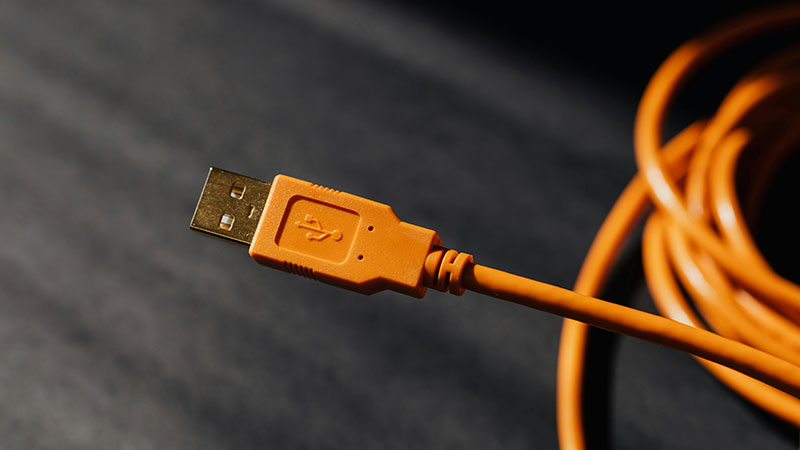What you read in this article:
Welcome to Turkey, a country rich in history, culture, and stunning landscapes! To help you plan your independent adventure, be sure to check out our full Turkey Solo Travel Guide.
As you prepare for your journey, making sure your essential electronics stay charged is key to a smooth trip. Unlike many other travel preparations, understanding the local electricity standard is non-negotiable for keeping your phone, camera, and laptop working.
This guide provides a simple, clear breakdown of the electrical plug types, voltage, and what gear you need to pack for a seamless experience in Türkiye.
The Turkey Standard: Plug Types C and F
Turkey follows the European electrical standard, meaning you will encounter two primary types of power plugs and sockets: Type C and Type F.
Type C Plug: The Europlug
- Description: This is the most common two-pin plug found across Europe. It has two round pins and is ungrounded (meaning it lacks an earth connection).
- Use Case: Ideal for lower-powered devices like phone chargers, camera battery chargers, and small electronics.
- Compatibility: A Type C plug will fit perfectly into the slightly larger Type F socket.
Type F Plug: The Schuko Standard
- Description: Known as the “Schuko” plug (a shortened German word for “protection contact”), this plug also features two round pins but includes two grounding clips on the side of the plug/socket.
- Use Case: This is the standard, grounded plug for Turkey and is used for higher-powered appliances like hair dryers, kettles, and other household devices.
- Compatibility: Type F sockets are the primary wall outlet you’ll find. They accept both Type C and Type F plugs.

Voltage and Frequency
Knowing the plug shape is only half the battle. You must also check that your devices can handle the local electrical current.
Mains Voltage: 220V–230V
The standard voltage supplied by Turkish power outlets is 220V to 230V.
- Good News for Most Travelers: If you are visiting from the UK, most of Europe, Australia, or Asia, your home voltage is likely similar (220V–240V), so you won’t need a voltage converter, only a plug adapter.
- Caution for North America: Travelers from the US and Canada (where the standard is 120V) must be careful. If you plug a 120V-only device into a 220V Turkish outlet, the device will likely be destroyed.
Frequency: 50Hz
The standard frequency is 50 Hertz (Hz). This matches the standard across Europe and most of the world. While modern electronics are usually not sensitive to a difference in frequency (e.g., going from 60Hz to 50Hz), some older appliances or devices with mechanical timers might run slightly faster or slower.
Do You Need an Adapter or a Converter?
This is the most critical question for a fully charged trip. The answer depends entirely on where you are traveling from and what you are plugging in.
Adapter (Required for Shape Difference)
A plug adapter changes the physical shape of your plug so it fits into the Turkish Type C/F socket.
- Who needs one? If your plug is not Type C or F (e.g., Type G from the UK, Type A/B from the US).
Converter (Required for Voltage Difference)
A voltage converter changes the electrical current (voltage) from 220V to a lower voltage, like 120V.
- Who needs one? If you are from a 120V country (like the US or Canada), AND your appliance is single-voltage (rated only for 120V).
The Dual-Voltage Check (The Best Solution)
Most modern travel electronics (laptops, phone chargers, tablets, e-readers) are dual-voltage. Check the fine print on the device or its power brick; if it says “INPUT: 100-240V, 50/60Hz,” it is dual-voltage.
- Result: If your device is dual-voltage, you only need a simple plug adapter, not a heavy converter.

Conclusion
Preparing your electronics for Turkey is straightforward. You are heading to a country that uses the standard European Type C and Type F plugs with a voltage of 220V–230V.
Before you pack, check the labels on your devices. For most travelers, packing a small, universal plug adapter that covers Type C/F will be enough.
By knowing the difference between an adapter and a converter, you ensure your devices stay powered safely, allowing you to focus on the wonders of Istanbul, Cappadocia, and the Turquoise Coast.
FAQ
Yes, Turkey uses Type C and Type F plugs, which are the same standard used in Germany, Austria, and most of Continental Europe. The Turkish sockets will also accept the French Type E plug.
Yes, most modern hotels, cafes, and airports in Turkey offer USB charging ports. However, always carry a Type C/F plug adapter for your wall charger as a reliable backup.
No, you only need a simple plug adapter (UK to EU). The UK voltage (230V) is nearly identical to the Turkish voltage (220V–230V), so a voltage converter is unnecessary.





Comments